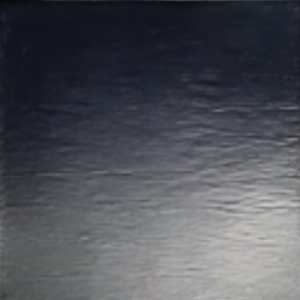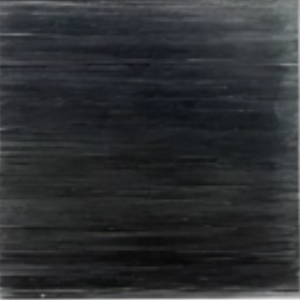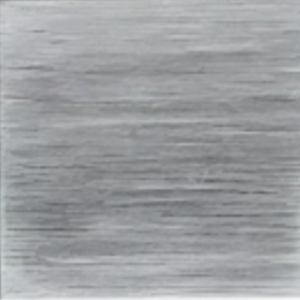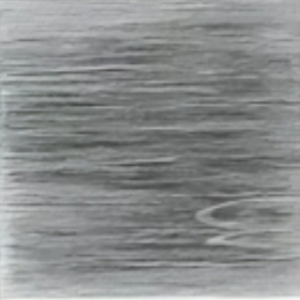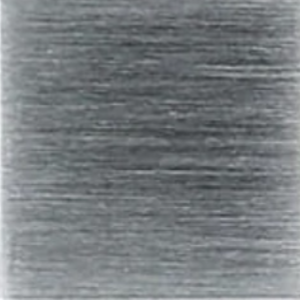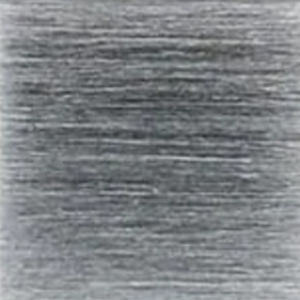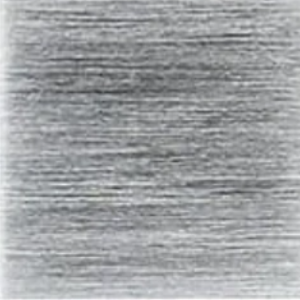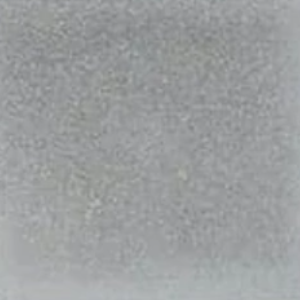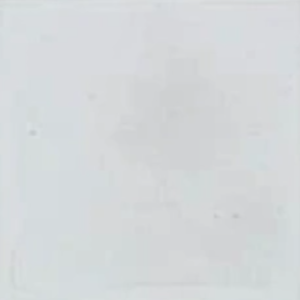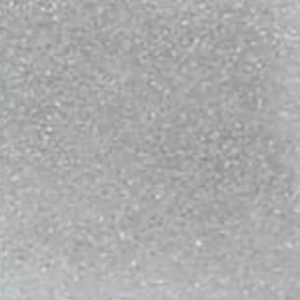Surface Finishes We Offer
High-quality surface finishing services improve your part’s aesthetics and functions regardless of the manufacturing process used. Deliver quality metal, composites, and plastic finishing services so you can bring the prototype or part you dream of to life.
Injection Molding
Printing ( such as Silk printing, curved surface printing, water transferring; permeation printing, etching printing, etc)
Painting (such as paint spraying,powder coating, sandblasting, Uv coating, EMI coating, etc)
Laser engraving is the process of using a laser to create precise and detailed designs or markings on the surface of plastic parts.
Surface hardening is a process used to increase the hardness of the surface of a material while maintaining a softer, more ductile core
Metallic finish (such as electroplating, hot stamping, etc)
Ultrasonic welding is a technique used to join plastic parts together by applying high-frequency ultrasonic vibrations to the parts.
Heat staking is a method of embedding inserts or fasteners into plastic parts by heating the material around them to a molten state and then forming it to create a secure and durable connection.
Mold Making
Surface Roughness Ra (μm) 0.012 to 0.025
Surface Roughness Ra (μm) 0.025-0.05
Surface Roughness Ra (μm) 0.05 to 0.10
Surface Roughness Ra (μm)0.05 to 0.10
Surface Roughness Ra (μm) 0.10 to 0.15
Surface Roughness Ra (μm)0.28 to 0.32
Surface Roughness Ra (μm)0.35 to 0.40
Surface Roughness Ra (μm) 0.45 to 0.55
Surface Roughness Ra (μm) 0.63 to 0.70
Surface Roughness Ra (μm) 0.80 to 1.00
Surface Roughness Ra (μm) 1.00 to 2.80
Surface Roughness Ra (μm) 3.20 to 18.0
CNC Machining
As machined finish leaves the surface straight from the CNC machine, providing a cost-effective option with tool marks.
Anodizing increases corrosion resistance and wear properties, while allowing for color dyeing, ideal for aluminum parts.
Polishing achieves a high gloss finish, reducing surface roughness and enhancing the aesthetic appeal of metals.
Sand blasting uses pressurized sand or other media to clean and texture the surface, creating a uniform, matte finish.
A brushed finish creates a unidirectional satin texture, reducing the visibility of marks and scratches on the surface.
Powder coating applies a thick, wear-resistant layer with excellent color and texture options, suitable for a variety of surfaces.
Electroplating bonds a thin metal layer onto parts, improving wear resistance, corrosion resistance, and surface conductivity.
Black oxidize is a conversion coating for ferrous metals that improves corrosion resistance and minimizes light reflection.
Electropolish is a chemical process that smooths and brightens surfaces while improving corrosion resistance.
Alodine coating provides corrosion protection and improves paint adhesion, mainly used on aluminum surfaces.
Heat treatment alters the mechanical properties of metal to increase its hardness, strength, or ductility.
3D Printing
Ideal for functional prototypes or internal components without aesthetic requirements.
Enhances visual appeal and durability with various color options and surface protection.
Reduces roughness for a smoother, more visually pleasing surface on visible parts.
Adds a metal coating to increase strength, wear resistance, and conductivity.
Surface treatment process FAQS
We recommend considering these cost-effective options:
IMD/IML processes that combine decoration and molding in one step (saving 20-40% vs. post-processing)
Metal-look alternatives like metallized films or special effect compounds (15-30% cheaper than plating)
Precision textures (VDI30-40 range) that hide minor flow marks while maintaining professional appearance
For medical applications, we typically suggest:
- Plasma treatment for improved adhesion without chemicals
- Medical-grade IMD films with ISO 10993 certification
- Bead blasting (Ra 1.6-3.2μm) for non-slip grips
- All options are validated for 100+ sterilization cycles
This common issue often stems from three root causes:
Material selection - We'll help you choose resins with better adhesion (e.g., ABS instead of PP)
Pre-treatment - Recommend plasma or flame treatment for energy levels >72 dynes/cm
Process control - Implement our 4-point adhesion test protocol before full production
Our automotive clients achieve best results with:
Two-component PU coatings (5+ years outdoor durability)
Nanocoatings with scratch resistance (up to 3H pencil hardness)
Physical vapor deposition (PVD) for chrome-like finishes
All options include UV protection and pass OEM weathering tests
Our green solutions include:
Water-based coatings (VOC content <50g/L)
Dry metallization processes that eliminate wastewater
Recyclable mono-material constructions for easier end-of-life processing
- Optimize mold temperature control (recommended 80-110°C for gloss finishes)
- Use mold flow analysis to identify trouble spots
- Consider gas-assisted injection for thick sections










